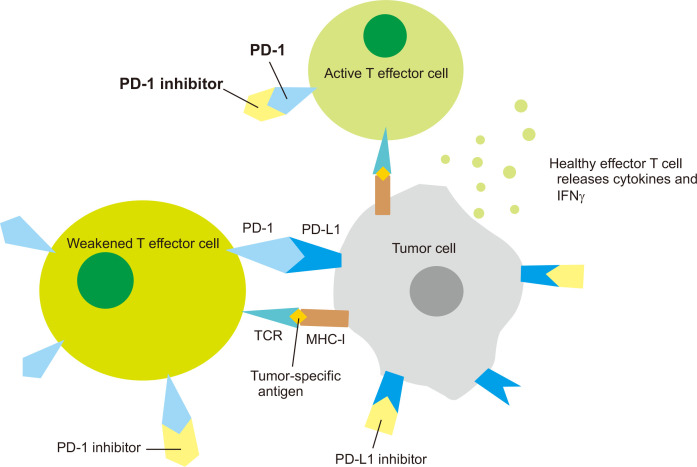Figure 2. Mechanisms of programmed cell death protein-1 (PD-1) and programmed death ligand-1 (PD-L1) checkpoint inhibitors in immunotherapy and immunoprevention.
T cell activation occurs through the binding of the T cell receptor (TCR) to antigens present on the major histocompatibility complex (MHC) located on APC (e.g., tumor cell) surface. PD-1 is an inhibitory transmembrane protein expressed on the surface of T cells and other immune cells. PD-1 binds to its ligand PD-L1 on tumor cells and weakens T cell immune activity (weakened T effector cells in the figure). PD-1 and PD-L1 inhibitors elicit antitumor response by preventing PD-1 and PD-L1 checkpoints from binding to each other, leading to active T effector cells, cytokine release, and strong immune response.

